PPT-Joint AR/ Principal Meeting
Author : briana-ranney | Published Date : 2018-11-10
20182019 Collaborating for success for all Why are we here Understand the new contract language together Examine the interests shared by FWEA and FWPS which are
Presentation Embed Code
Download Presentation
Download Presentation The PPT/PDF document "Joint AR/ Principal Meeting" is the property of its rightful owner. Permission is granted to download and print the materials on this website for personal, non-commercial use only, and to display it on your personal computer provided you do not modify the materials and that you retain all copyright notices contained in the materials. By downloading content from our website, you accept the terms of this agreement.
Joint AR/ Principal Meeting: Transcript
Download Rules Of Document
"Joint AR/ Principal Meeting"The content belongs to its owner. You may download and print it for personal use, without modification, and keep all copyright notices. By downloading, you agree to these terms.
Related Documents

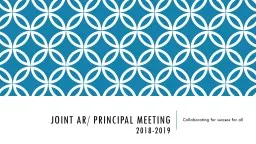
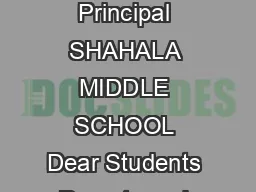
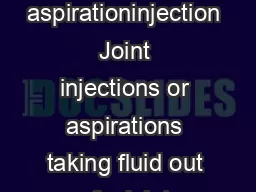
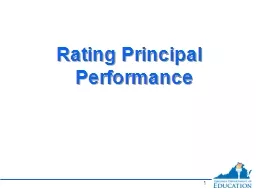
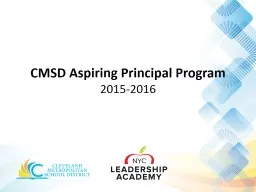
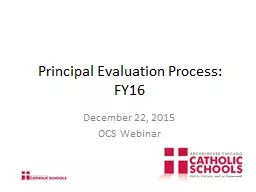
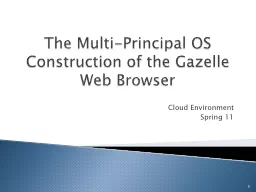
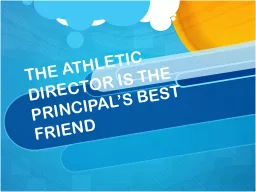
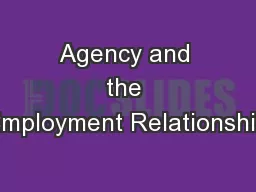
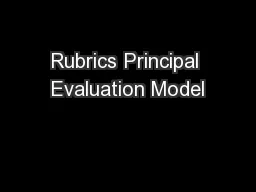
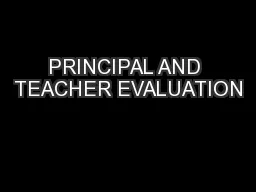
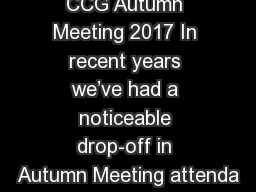
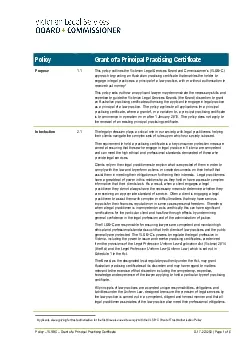
![[DOWNLOAD] Principal Gifts: Behind Every Great School Is A Great Principal: Welcome Notebook](https://thumbs.docslides.com/1004655/download-principal-gifts-behind-every-great-school-is-a-great-principal-welcome-notebook-funny-thank-you-appreciation-gifts-for-principals-funny-family-or-coworkers-principal-s-day-gifts.jpg)